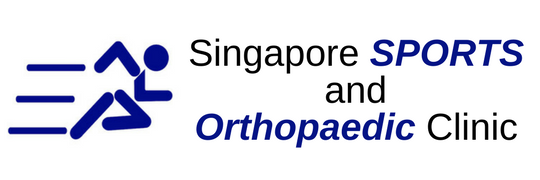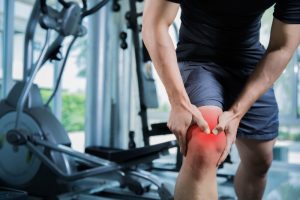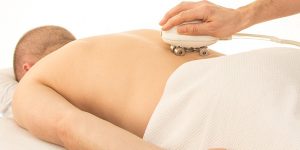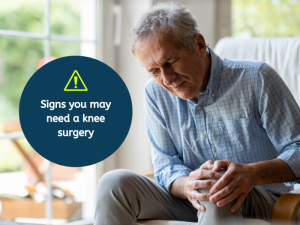Osteoarthritis is a degenerative disease that affects any joint in the body. One of the most common places is the hip due to the tremendous amount of stress and workload it faces day in day out. As we age, the cartilage in our joint will start to lessen due to wear and tear. You can simply imagine the cartilage to be a soft cushion located in between the joints and its main function is to absorb any shock experienced by that particular joint. Without this cushion, there will be a direct bone-to-bone interaction. When this occurs, pain and tenderness will kick in. There will be restricted mobility in that joint due to severe pain and simple daily activities can be difficult. Let’s look at some symptoms and treatments for hip osteoarthritis below.
Symptoms
The very first symptom one will experience is the discomfort at the hip joint. This pain is amplified after periods of inactivity such as sitting down for long periods or waking up from a sleep in the morning. When you start to work out the hip through activities such as walking or jogging, the pain is also increased tremendously. There may be also a cracking sound and feel experienced when you are using the hip.
Non-surgical treatment
The very first form of treatment a doctor will administer is medication to help manage the pain. It can come in either an oral or injection form. Some of the common oral medications are ibuprofen, naproxen and acetaminophen. These are usually strong enough to help control the pain adequately. However in serious cases, corticosteroid drugs may need to be injected directly into the hip for an immediate reduction in pain and swelling.
Surgical treatment
In serious cases where the pain persists despite medication treatment, a surgical treatment may be considered. The most common type is a total hip replacement surgery. The damaged bone and cartilage are removed entirely and replaced with man-made ones. The femoral head will be removed and a metallic stem will be placed into the hollow center of the femur. A ceramic ball will be placed at the upper stem and it acts as a replacement for the femoral head. Ceramics are preferred as they are much more biocompatible than metals. The worn out cartilage will also be removed and screws will be used to hold the socket in place. In order to provide a smooth surface, a ceramic spacer will be inserted to reduce coefficient of friction between the two surfaces.








